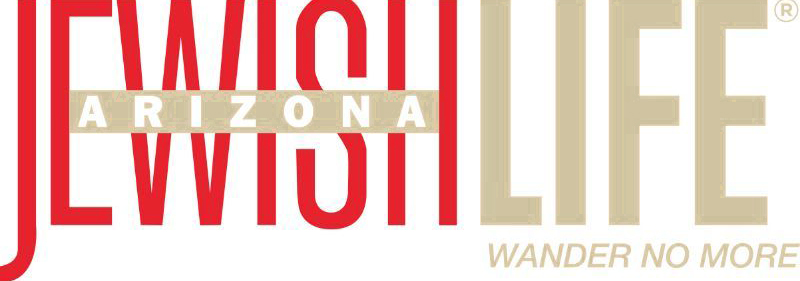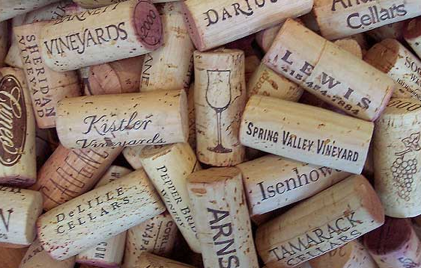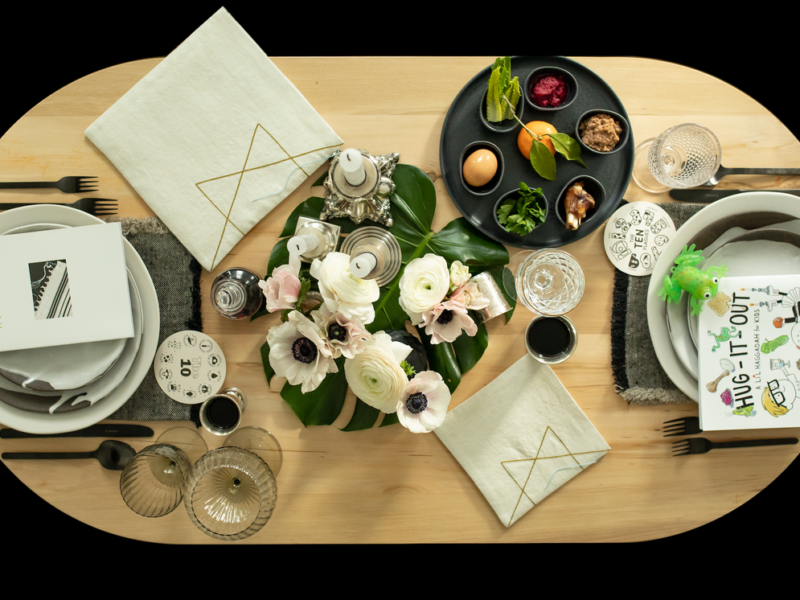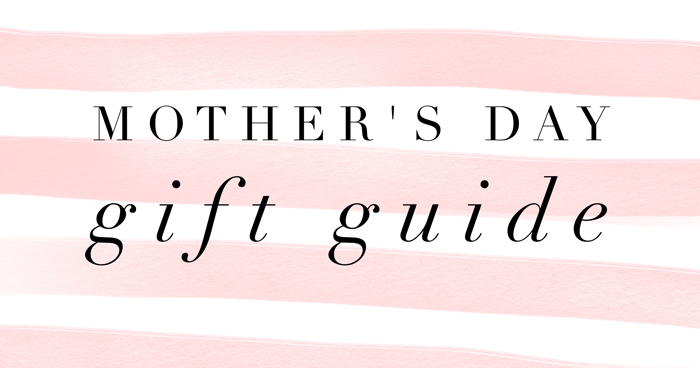So my editor asks me to write an article about wine – maybe something about kosher wines? During a Torah class I attend, the subject of kosher wine comes up at times. OK, I’m in the wine business, and I’m curious about what is considered kosher wine. A quick heads up, I am a very secular Jew. In one sentence, a kosher wine must be produced, handled and supervised from the beginning by Shabbat-observant Jews and must contain only kosher ingredients. That said, here is the wine version of the typical Jewish answer to almost any question: it’s a kosher wine if … however it could be kosher when …, but then maybe it would be considered kosher at times. Got that? Neither do I, but that’s the beauty of Judaism – the discussion, the arguments.
Unfortunately, in the Phoenix market a consistent source of good kosher wines exists not. Trader Joe’s had a wonderful kosher tempranillo from Spain for about $5, but they no longer carry it. Costco had a lovely Italian kosher moscato for $6, but it’s hit or miss which Costcos have it. AJ’s and Whole Foods also have an array of wines, but again each store has a different selection. So I switched subjects – good wines under $12, that’s easy. As I started the hunt, I realized it’s too subjective. What’s good? I’m not going to drink a $5 moscato, white merlot or riesling, and there are people who would never drink a big earthy $7 Bordeaux that needs two hours out of the bottle to breathe.
Then it occurred to me: Ask my clients. I had them each write one question they would love answered about wine. I carried a notebook with me and queried more than 100 people.
Here is a smattering of the questions:
Aren’t corks better than screw tops? I don’t think cork is better than a screw top, and neither do some very prominent wineries. Tests have shown that in the short term, meaning 10 years and under, screw caps were as good a seal as cork for wine, if not better. Researchers at U.C.-Davis will test the effects of various types of seals on 600 bottles of Sauvignon Blanc including natural cork, screw caps and synthetic cork. The results will not be known until the summer of 2013, when a chemical analysis will be conducted on the wines. So it seems the only reason to prefer corks can be summed up perfectly by Tevye: “Tradition!”
What’s with the ratings and what do they mean?
A wine with a higher rating is normally more expensive than average wines, al- though this is not always true. Some ratings take price into consideration, much like Consumer Reports does when assessing a car or washing machine. A major drawback to wine ratings? They’re absolutely subjective, and the taster’s opinion is colored by various factors: mood, food, company. With movies I will ask people or read reviewers whom I know have similar taste, and I do the same with wine. My friend Amy loves gory slasher horror films (I don’t), so I would not ask her about films, but I would trust her implicitly with picking out a great Gevrey Chambertin. On the other hand, my Aunt Jewels has impeccable taste in foreign movies; however, I would not ask her to recommend wines. She slugs Manischewitz Elderberry while watching Akira Kuro- sowa’s “Rashomon.”
What’s the difference between sweet and fruity?
This concept is the biggest cause of bewilderment in the neophyte wine drinker. There’s a simple answer. Sweet is adding four tablespoons of sugar to your iced tea; fruity is biting into an apple or orange. People confuse wine that is fruity, like sauvignon blanc or chardonnay, with wine that is sweet, like Concord grape, white zinfandel or moscato. In fact, there is a huge difference. A wine can be dry and fruity, or sweet and fruity but not dry and sweet. A grape is normally fruity, while the grape that becomes a raisin is sweet; drying the fruit concentrates the residual sugar. A dry wine is a wine that isn’t sweet – nothing more complicated than that. Most of the wine sold in the U.S. is dry, and that holds true be it red or white. Dryness is the absence of sweetness, so white wines can be just as dry as red wines. Remember, when you add lemon to that sweet iced tea, it is now sweet and fruity.
In the early 1970s while spending a year in Europe, Mark Gluckman began his oenology education when he decided wine was both an economical and legal intoxicant. When he returned to the U.S., a wine guru named Ralph at Trader Joe’s guided his love of the grape. Ralph pointed to a $1.99 1971 Saint Emilion and a 1975 Nuits-Saint-Georges and explained they were either $12 wines (a fortune at the time) or great vinegar. Since then, Mark has worked in restaurants as a waiter, busboy, wine steward, wine buyer and even as an owner. You can email your wine questions to Mark at winegeekmark@gmail.com.






